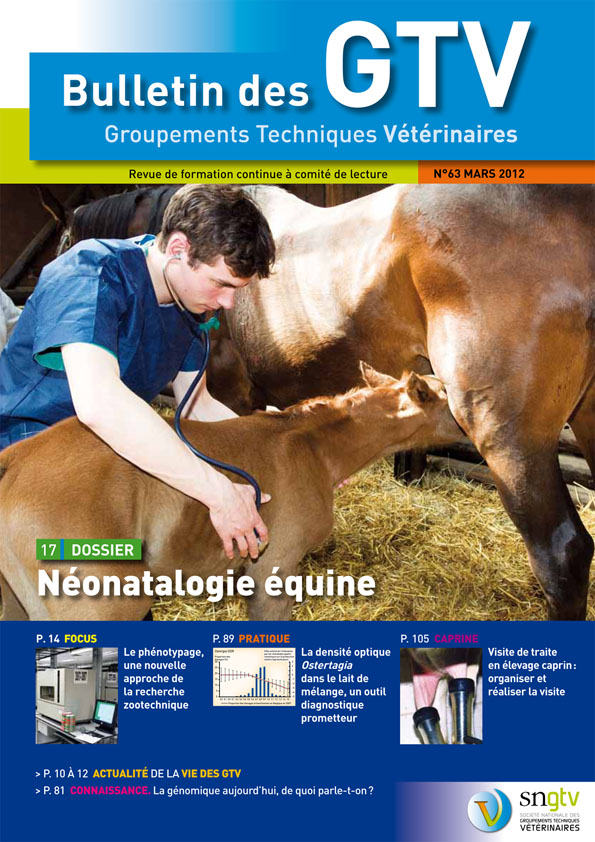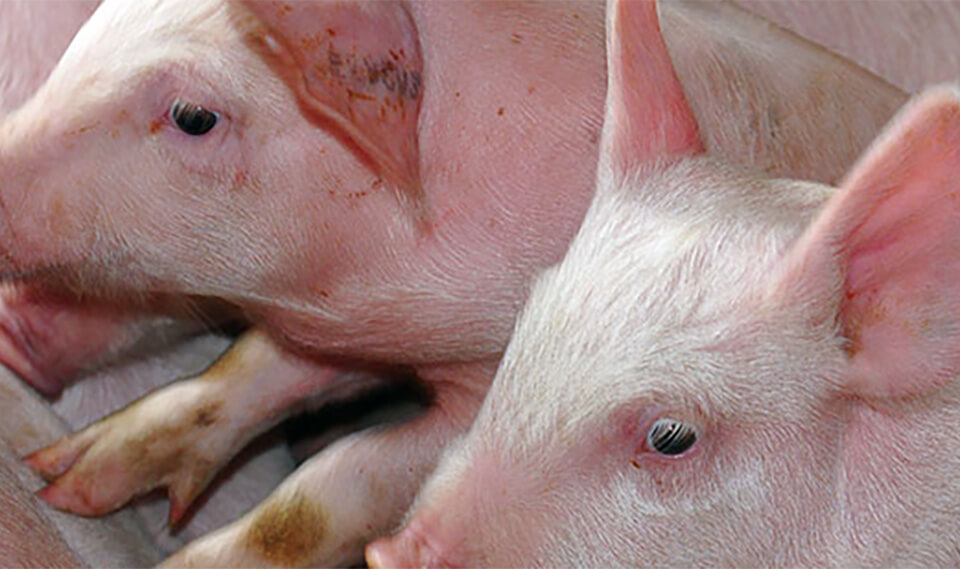L’examen du poulain nouveau-né

Auteurs
Résumé
L’examen clinique du poulain nouveau-né doit être systématique et rigoureux. Il débute par une observation à distance du comportement et des caractéristiques du poulain. Les quatre grandes étapes, le relever, la tétée, le passage du méconium, la première miction sont vérifiées. Cet examen suit les règles générales de tout examen clinique complet : température rectale, aspect des muqueuses, examen des yeux et de la bouche, auscultation cardiaque et pulmonaire, palpation des côtes, palpation et auscultation de l’abdomen, examen et palpation de l’ombilic, des articulations et des membres. Il est indispensable de connaître toutes les différences physiques, physiologiques et comportementales avec les chevaux adultes. Une attention particulière est portée à la mise en évidence des anomalies congénitales. Ce bilan clinique est la base du travail en néonatalogie.
Abstract
The clinical examination of the newborn foal must be systematic and rigorous. It should start with the observation, at a distance, of the foal’s behaviour and its characteristics. The four main steps: standing up, suckling, elimination of meconium and the first miction must be checked. This examination follows the general rules of all thorough clinical examinations: rectal temperature, appearance of the mucous membranes, examination of the eyes and mouth, cardiac and pulmonary auscultation, palpation of the ribs, palpation and auscultation of the abdomen, examination and palpation of the umbilical cord, the articulations and the limbs. It is very important for the clinician to be aware of all the physical, physiological and behavioural differences between foals and adult horses. Particular attention should be paid to congenital abnormalities. This clinical assessment is the basis of neonatology work.
D'autres articles
N°71 Novembre 2013 Page 99
Toutes espèces · Clientèle


